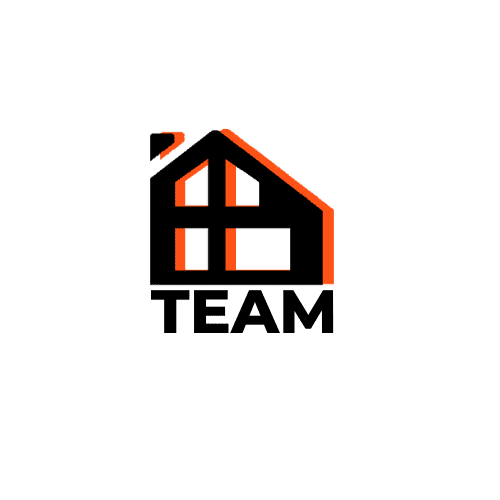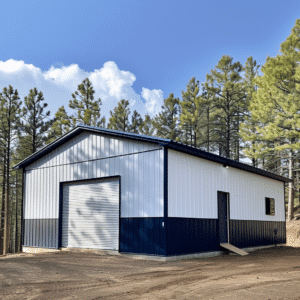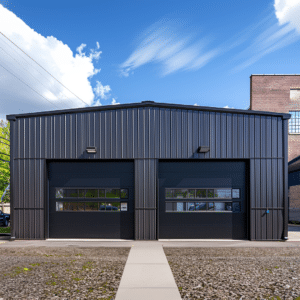In the high-paced world of construction, scaffolding acts as the veins that keep a project flowing. Imagine attempting to construct a building without it—akin to painting a masterpiece through a keyhole. However, with great utility comes even greater responsibility, making scaffolding safety guidelines paramount to ensuring both efficiency and security on site.
Scaffolding safety is more than a rule—it’s a covenant between worker and workspace. It is the protective veil that separates a thriving project from a hazardous one. But what are we actively doing to uphold these standards? This comprehensive guide will unfurl everything from the foundational pillars of scaffolding safety guidelines to precise inspection practices. Whether you are a seasoned construction manager or a budding project overseer, there is valuable knowledge in store for you.
Understanding Scaffolding Safety Guidelines
Scaffolding safety guidelines work as the blueprint for successful project execution without compromising human safety. According to the Canadian Construction Association – Scaffolding Safety Guidelines, these measures are not just regulatory—they are lifesaving. These guidelines cover everything from structural stability, loading protocols, weather adaptations, to emergency response planning. Adhering to these guidelines is not just a legal obligation but an ethical one.
The Role of Fall Protection Systems
No conversation about scaffolding safety is complete without a nod to fall protection systems. According to Fall protection systems in construction, it is a critical component in mitigating risks associated with working at heights. Helmets, safety nets, and harnesses form a trinity that can determine life from injury in the unfortunate event of a slip. Reinforcing safety culture ensures each worker can focus on productivity without the looming shadow of accidents.
Steps to Ensure Scaffolding Safety
Effective scaffolding safety involves layering precautions like a well-made lasagna, each step as crucial as the other. Ignoring any could lead to catastrophic results.
Foundational Inspections
Before that first beam clinks into place, ensure initial inspections are carried out. The base of a scaffolding system needs to be solid and level to prevent tipping. It also needs sufficient load-bearing planks and metal fastenings that are checked for corrosion, ensuring no chances for a fatal slip-up.
Daily Checks: More Than Routine
Daily inspections aren’t mere formalities; they are life checks. A slight breeze overnight shouldn’t change your inspection routine the next day. Check for loose screws, ensure that guard rails are firmly attached, and inspect platforms for debris or hazardous materials.
Weather Considerations and Adjustments
Mother Nature plays her own role in construction. You wouldn’t dare defy her whims by pretending a storm hasn’t left rain overnight. Waterproof materials and skid-proof surfaces are great allies in creating a safe environment, minimizing slips and unnecessary accidents.
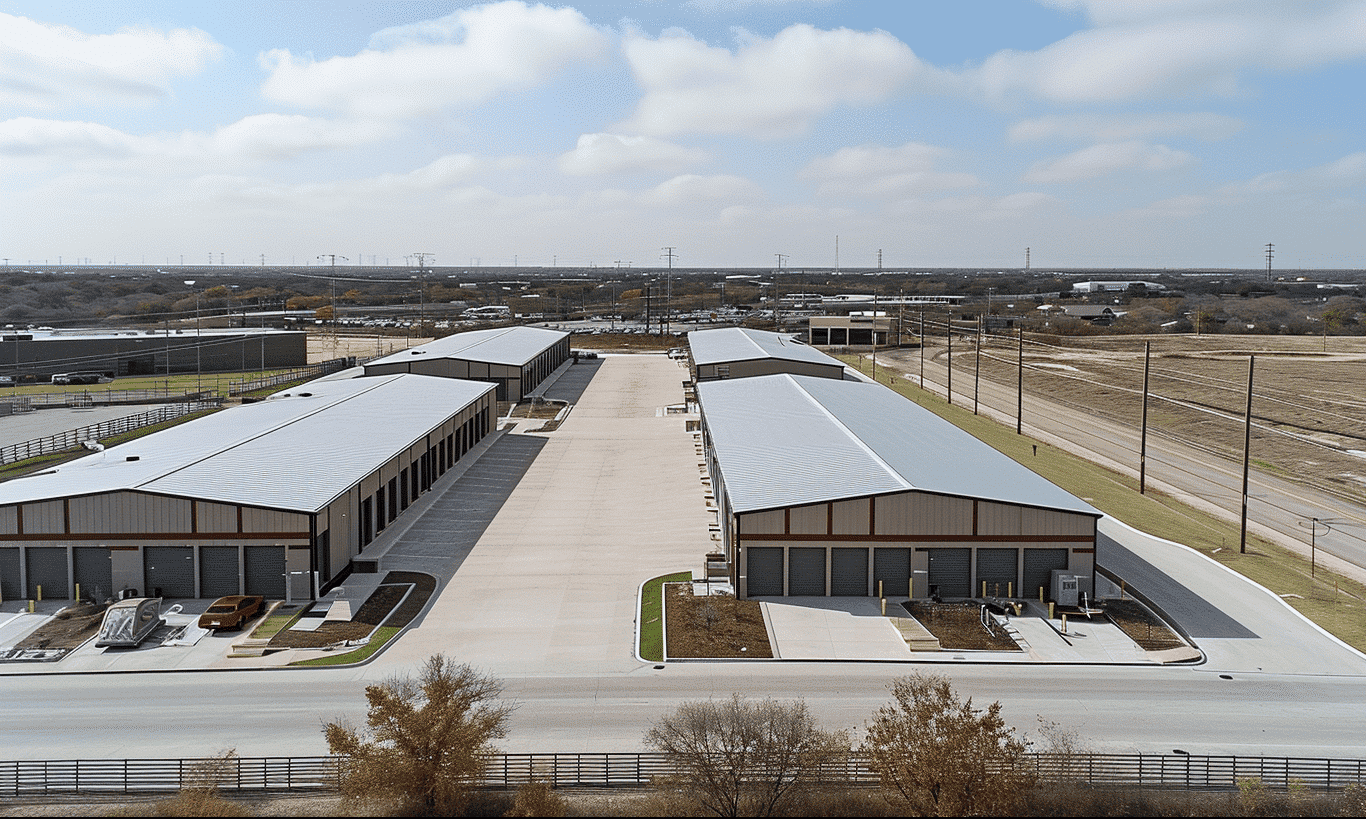
Why Residential Construction Requires Its Own Safety Protocols
The challenges faced in Residential Construction differ due to smaller workspaces and the proximity of homes and public areas. Safety protocols have to be even stricter; the margin for error is nearly non-existent.
Customized Inspections for Residential Sites
Scaffolds in residential construction sites might face different risk factors. Ensure that inspections cater to the unique demands of residential structures, such as proximity to inhabited areas and specific local weather patterns.
Ladder Safety: An Unsung Hero
Ladders are as omnipresent as scaffolds in construction. Ladder safety in construction becomes the twin sibling to scaffolding safety. Regular ladder inspections and reinforcement of ladder angles and floor grip are non-negotiable. A rickety ladder today could mean an accident tomorrow.
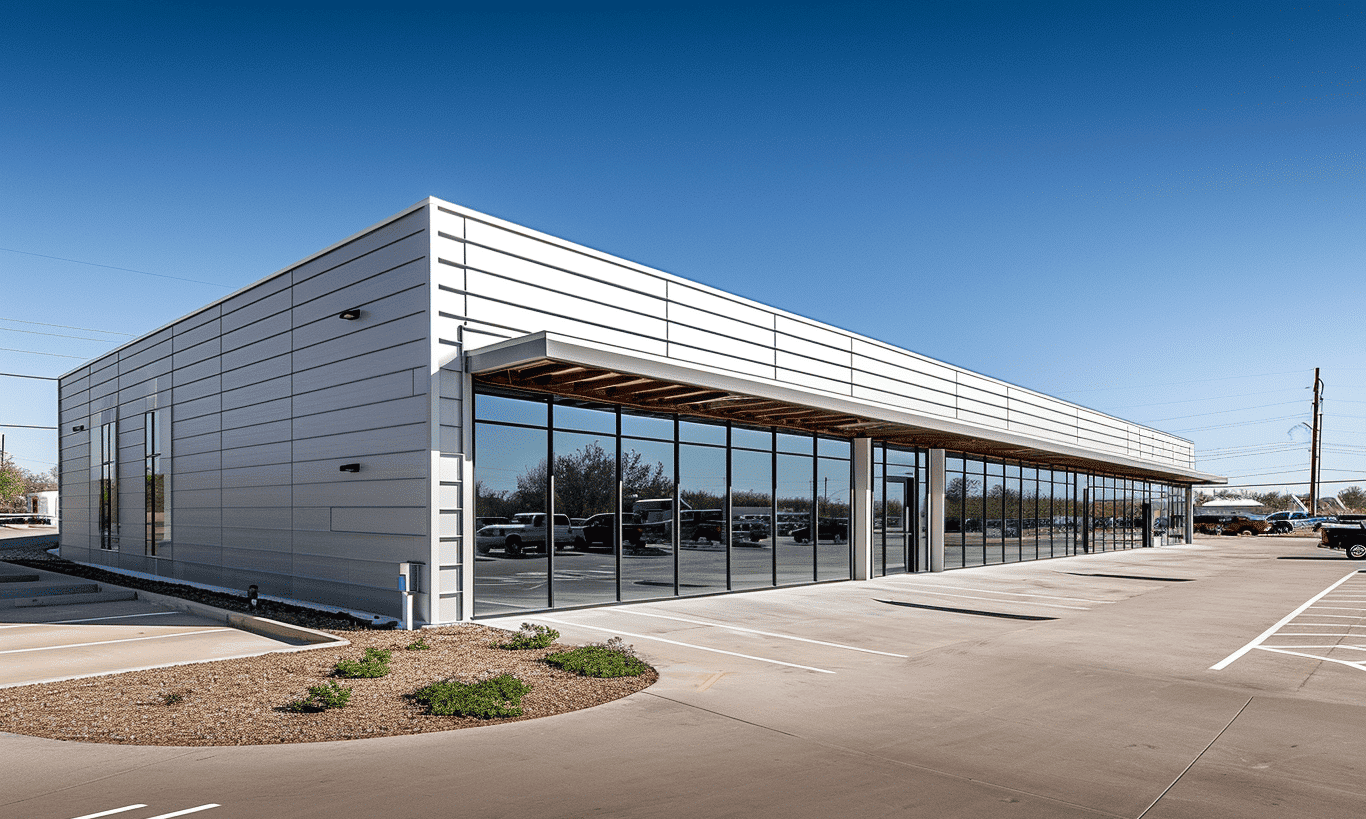
Inspection Protocols for Unyielding Safety
Liberate your project from danger by embedding a culture dedicated to thorough inspections.
Checklists to Anchor Safety
Build comprehensive checklists that cover all aspects of scaffolding safety—from the base to the protective railings. Regular refresher training with these checklists keeps the knowledge dynamic and actively employed.
Employee Training: A Continuous Process
Training shouldn’t end with the first induction session. Ongoing training sessions, updated courses, and interactive safety briefings are critical for keeping employees on their best safety practices.

Conclusion: A Safe Scaffolding Journey
While scaffolding forms the backbone of any construction project, it is the vigilant adherence to scaffolding safety guidelines that transforms them into successful ventures. From Your Building Team to every budding construction project, we should all strive for a culture steeped in safety that is as unshakeable as the structures we build. The blend of proactive safety protocols, effective fall protection systems, and robust inspection protocols creates an environment conducive to progress without peril.
The journey towards a risk-free construction site is ongoing, but every step taken with safety is a leap into a future where scaffolding isn’t just a structure—it’s a promise of completed projects and safeguarded lives.
